[Team-IRA]
Multitasking and multiprocessing have become very important topics in microcontroller-based systems, namely in complex commercial, domestic, and industrial automation applications. As the complexity of projects grows, more functionalities are demanded from the projects. Such projects require the use of multiple interrelated tasks running on the same system and sharing the available resources, such as the CPU, memory, and input-output ports. As a result of this, the importance of multitasking operations in microcontroller-based applications has grown steadily over the last few years. Many complex automation projects now make use of some form of a multitasking kernel.
This book is project-based, and its main aim is to teach the basic features of multitasking using the Python 3 programming language on Raspberry Pi. Many fully tested projects are provided in the book using the multitasking modules of Python. Each project is described fully and in detail. Complete program listings are given for each project. Readers can adapt the projects to their needs.
The following Python multitasking modules have been described and used in the projects:
- Fork
- Thread
- Threading
- Subprocess
- Multiprocessing
The book includes simple multitasking projects, such as independently controlling multiple LEDs, to more complex multitasking projects, such as on/off temperature control, traffic lights control, 2-digit and 4-digit 7-segment LED event counters, reaction timers, stepper motor control, keypad-based projects, car park controllers, and many more. The fundamental multitasking concepts, such as process synchronization, process communication, and memory-sharing techniques, have been described in projects concerning event flags, queues, semaphores, values, and so on.
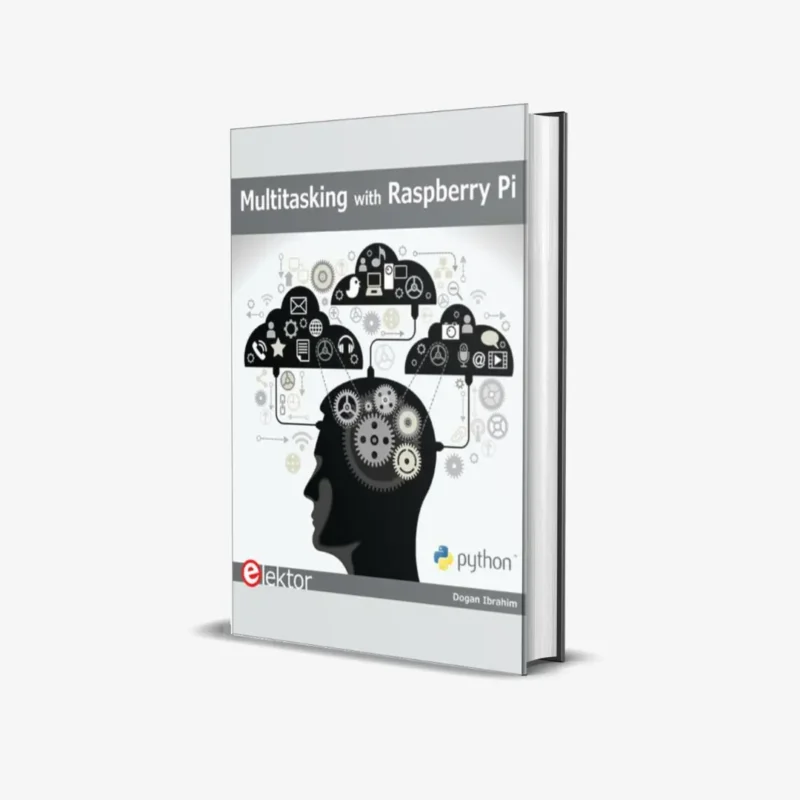

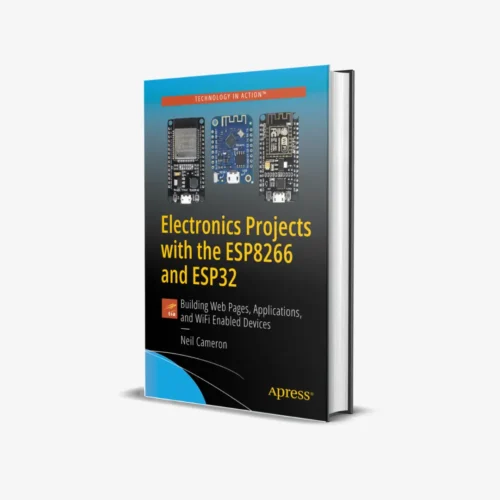
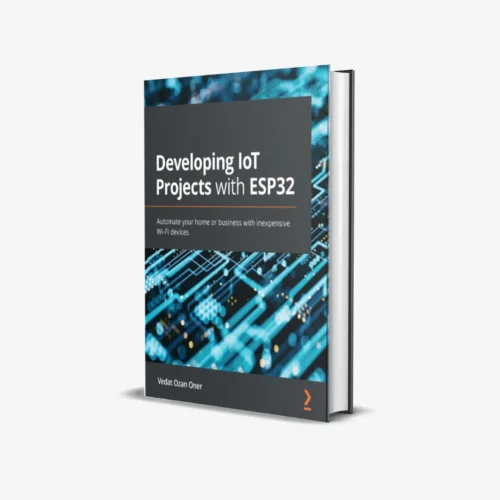



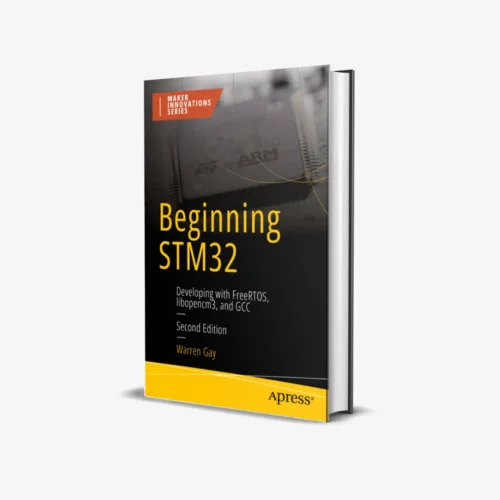

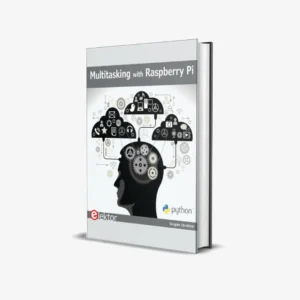
Reviews
There are no reviews yet.